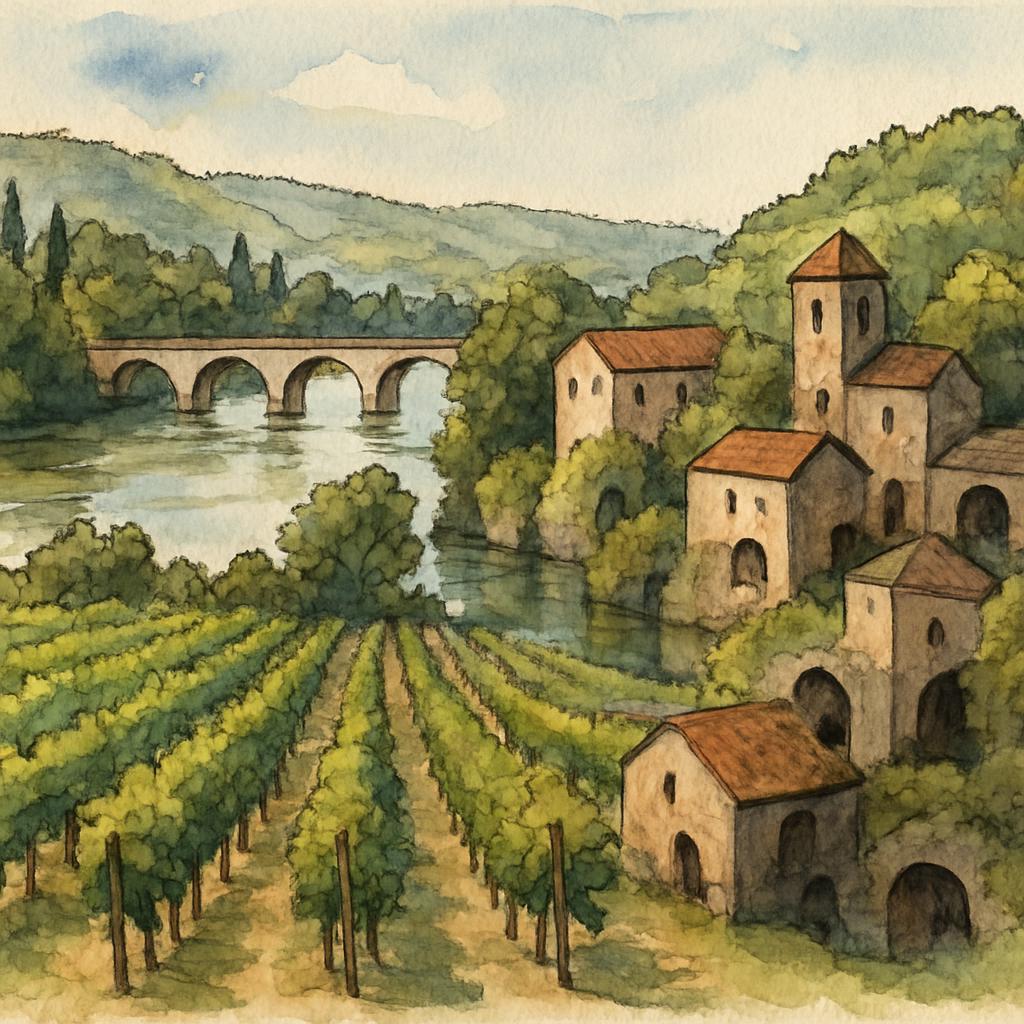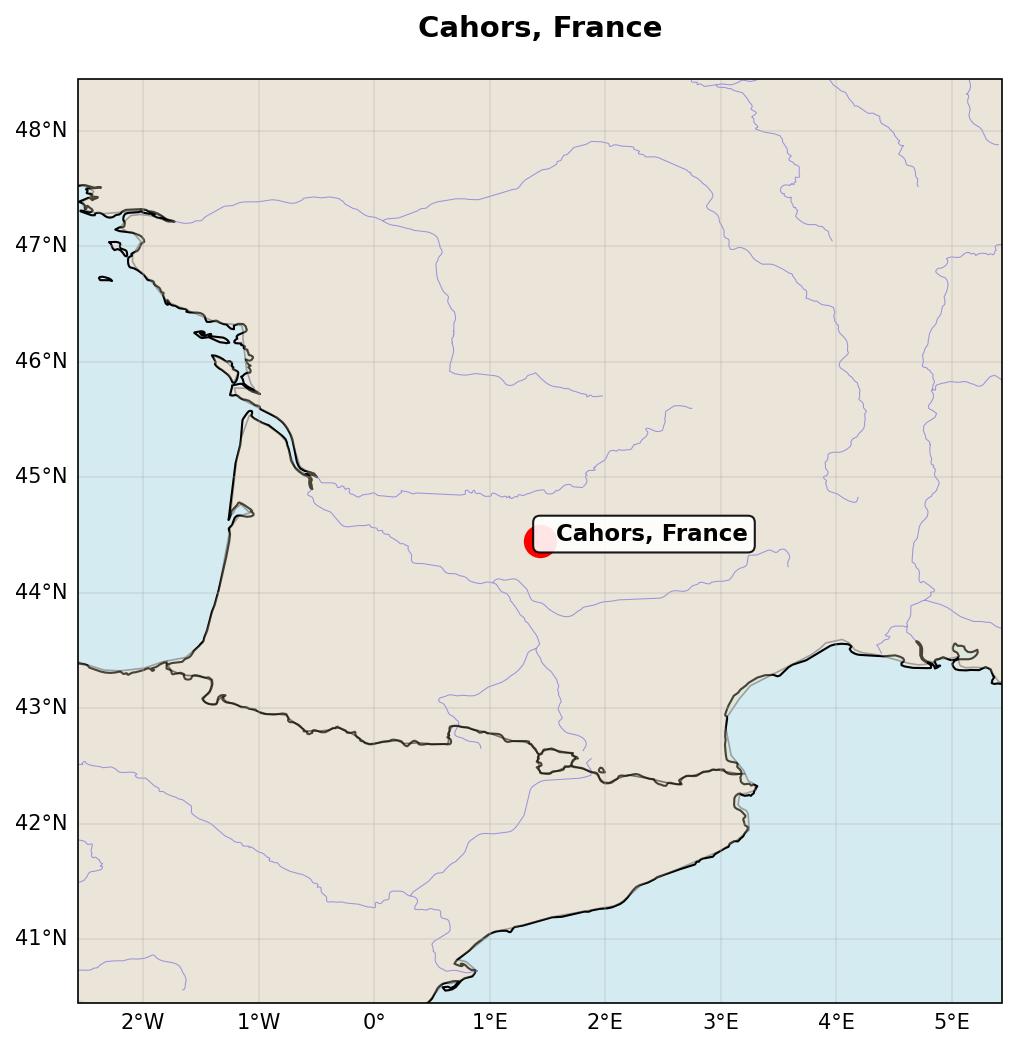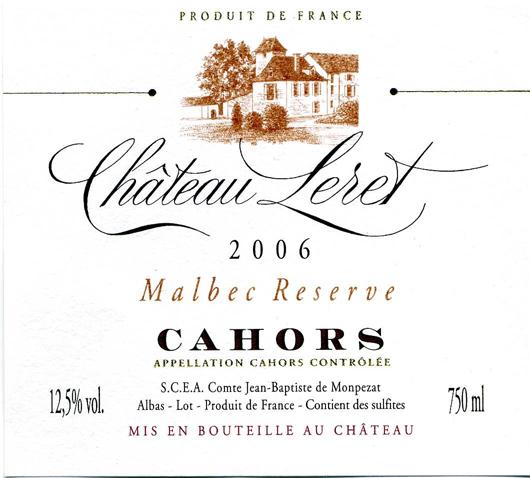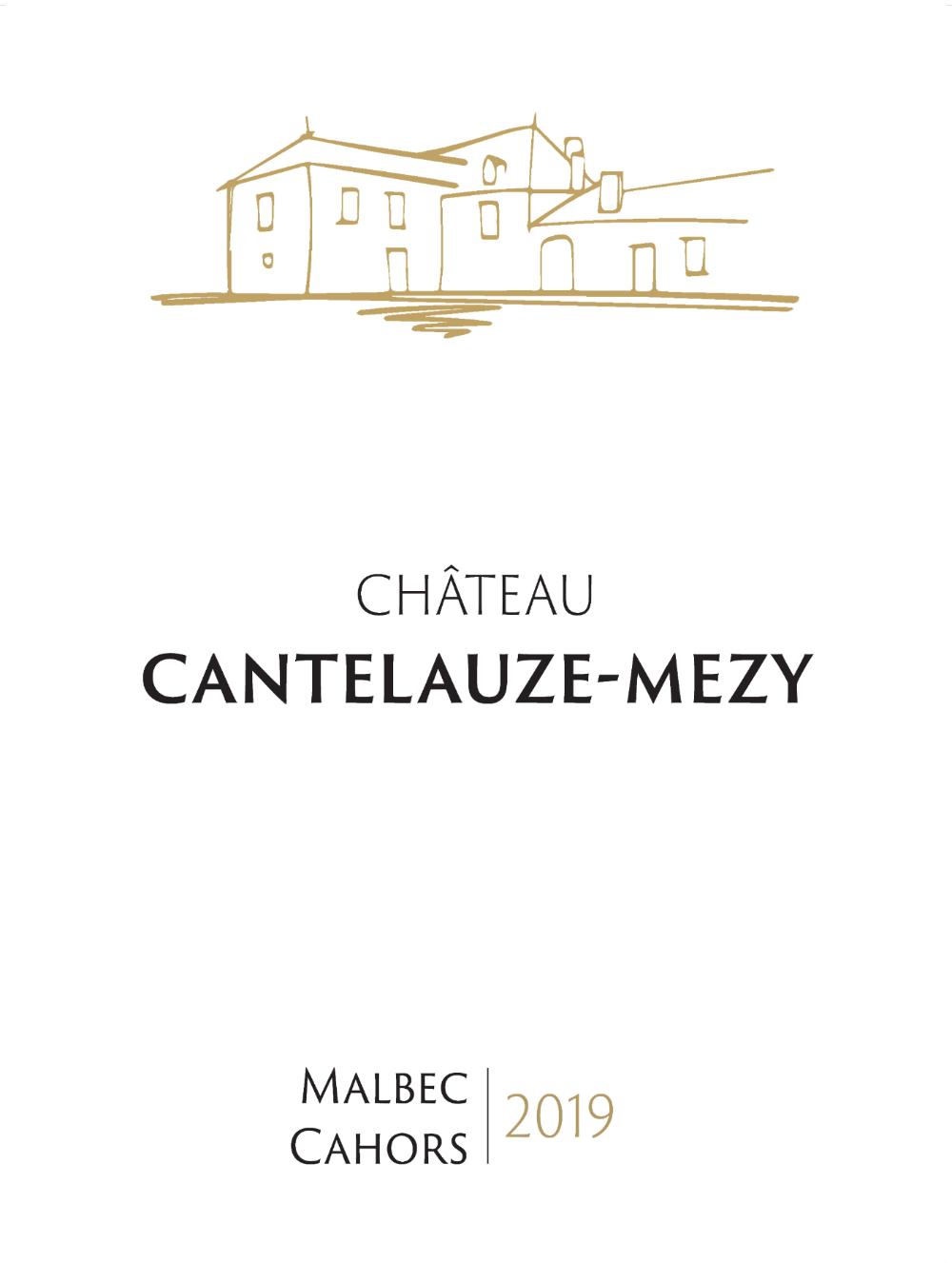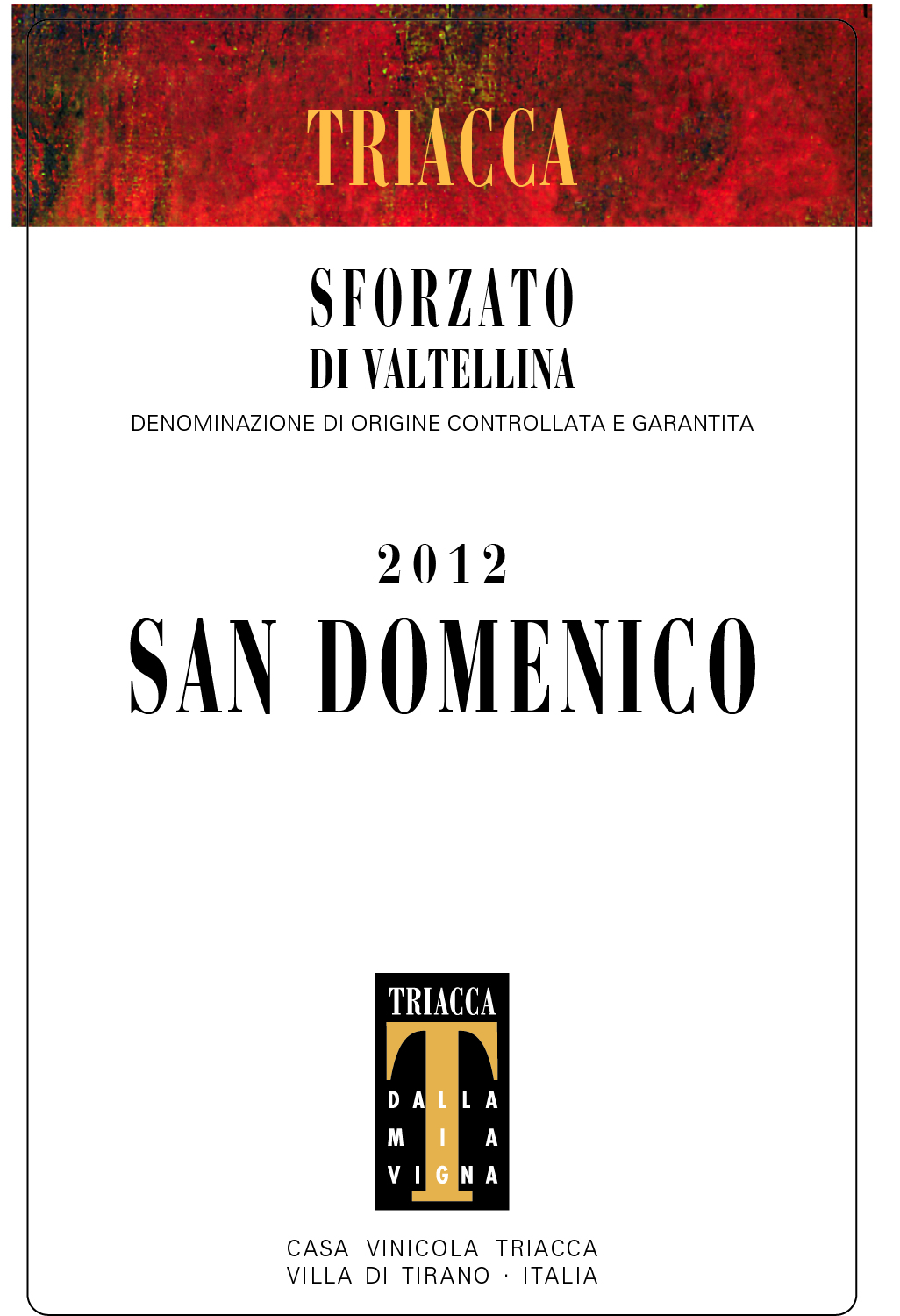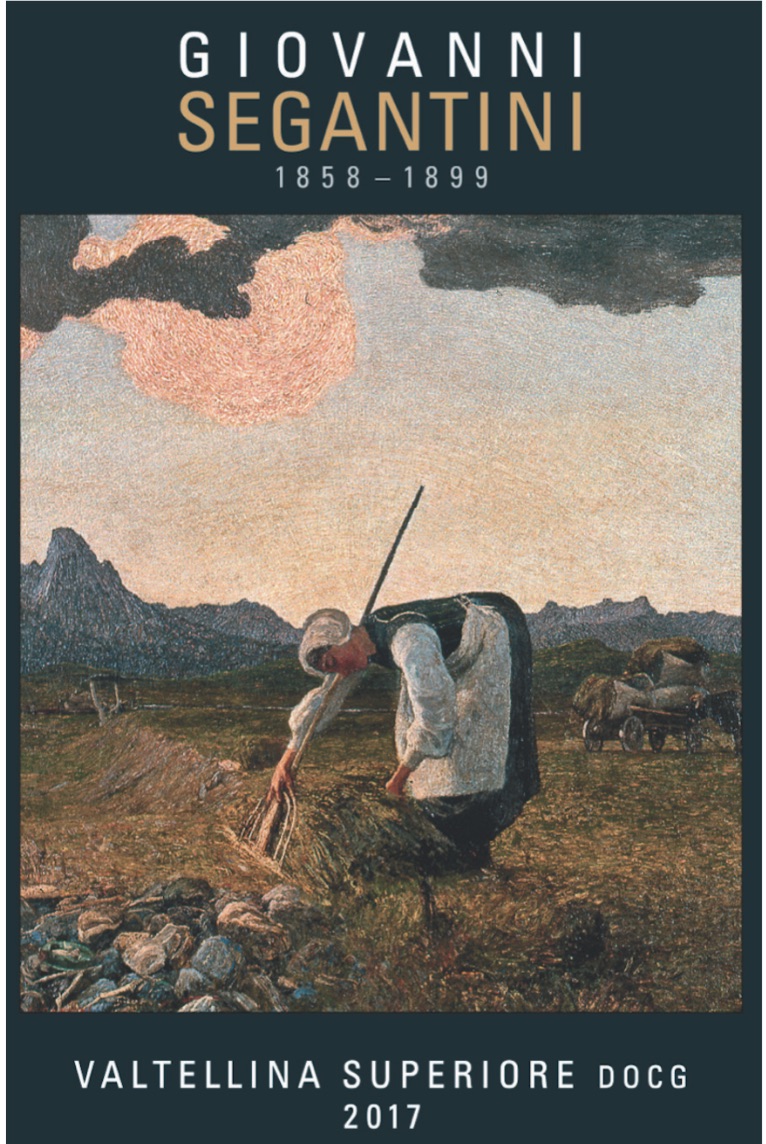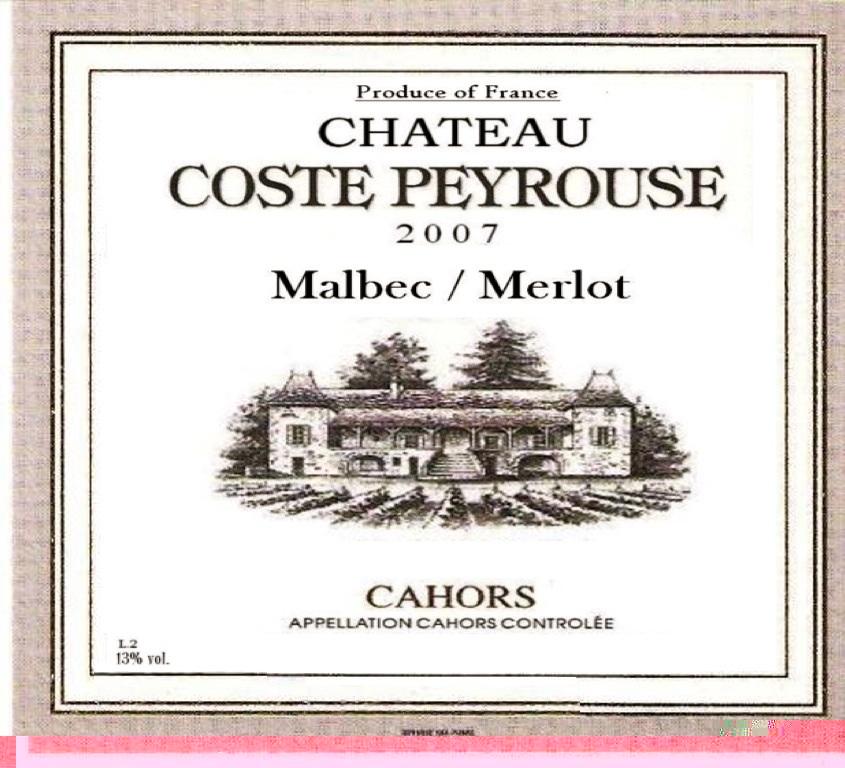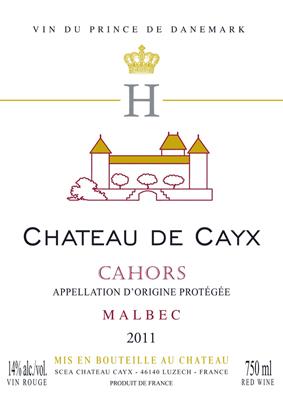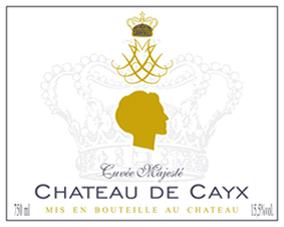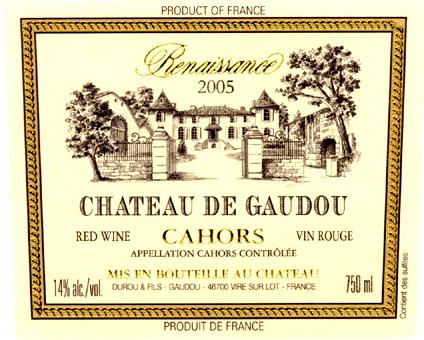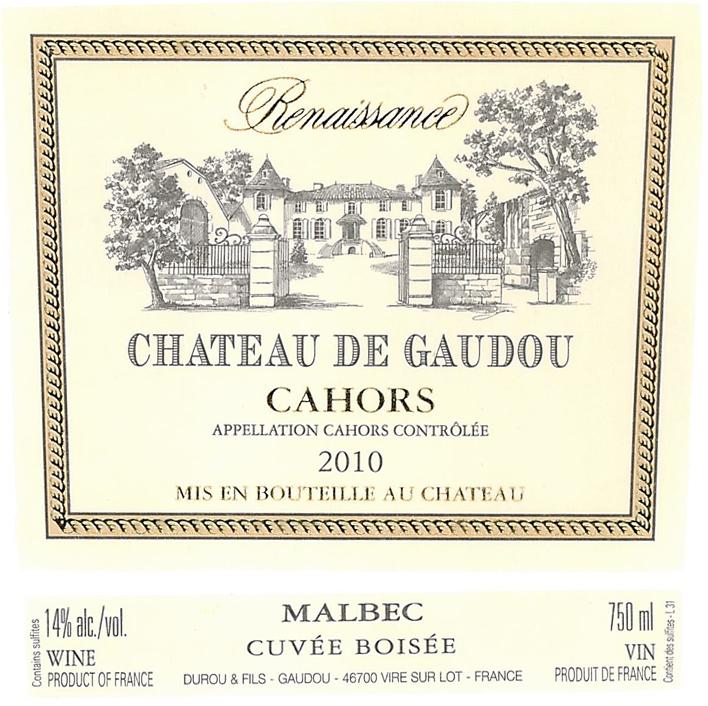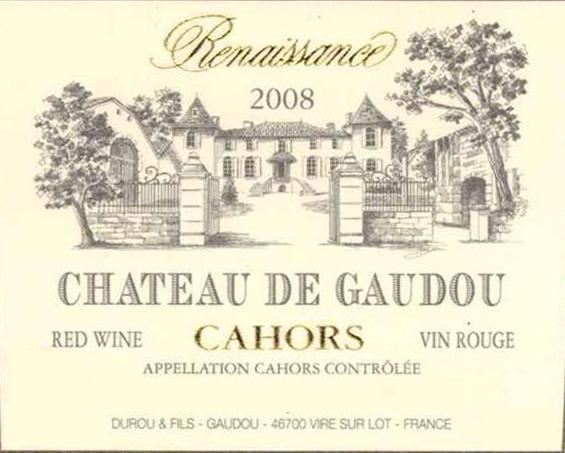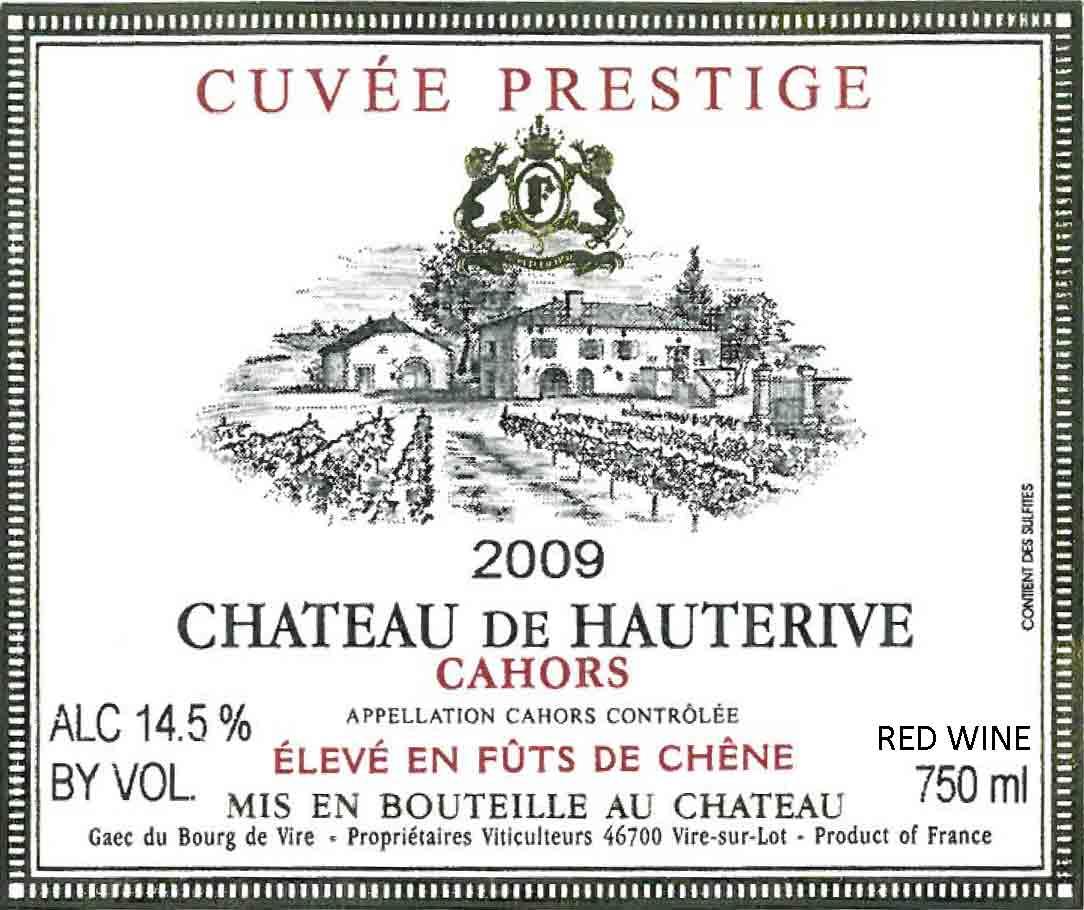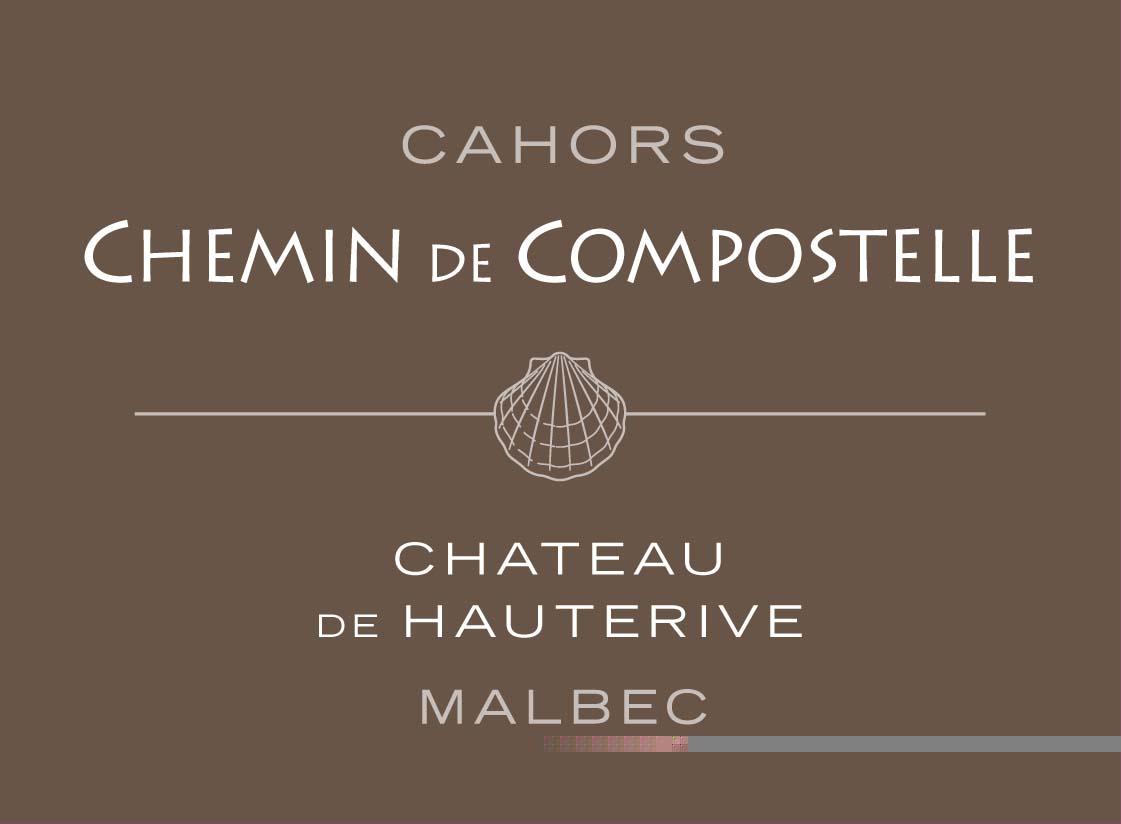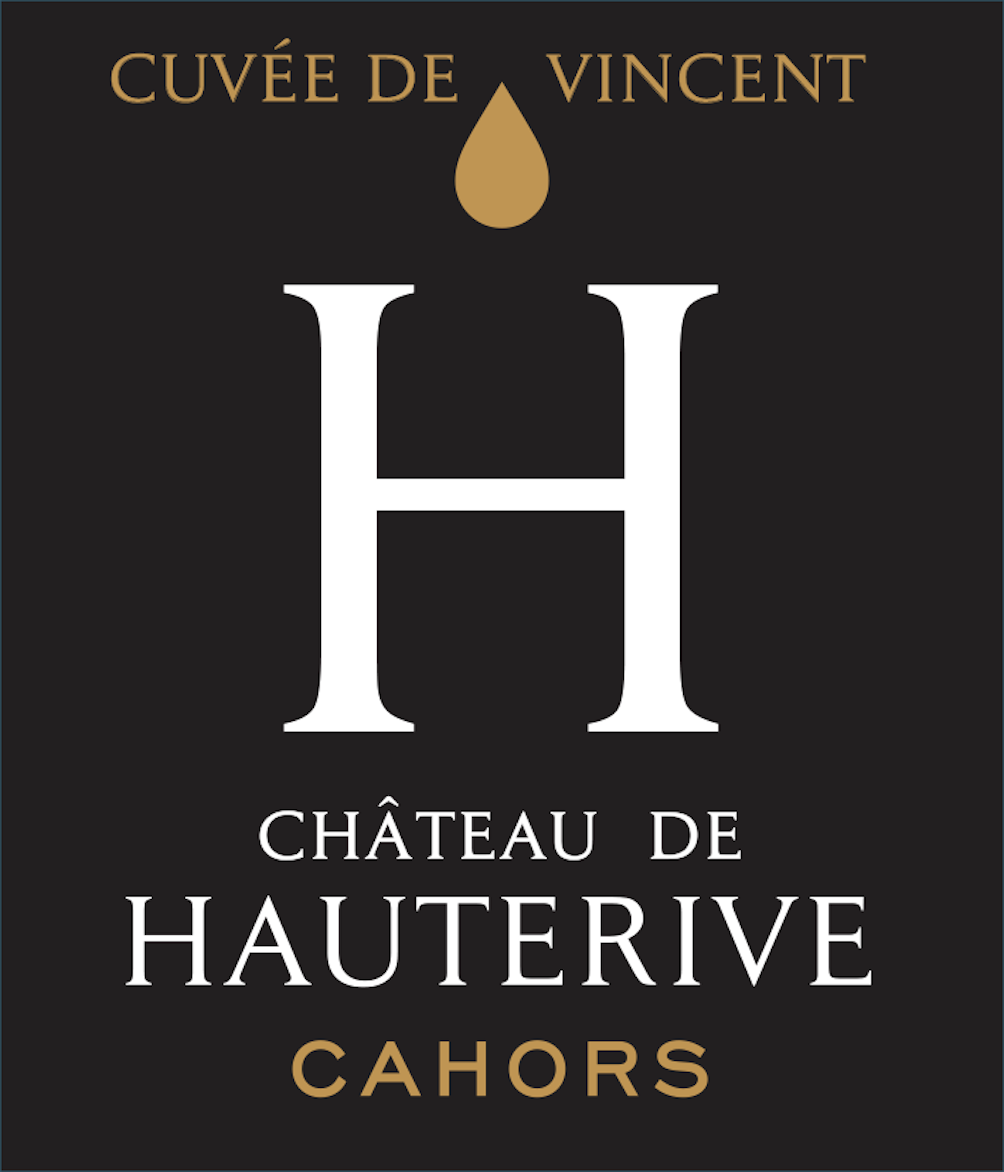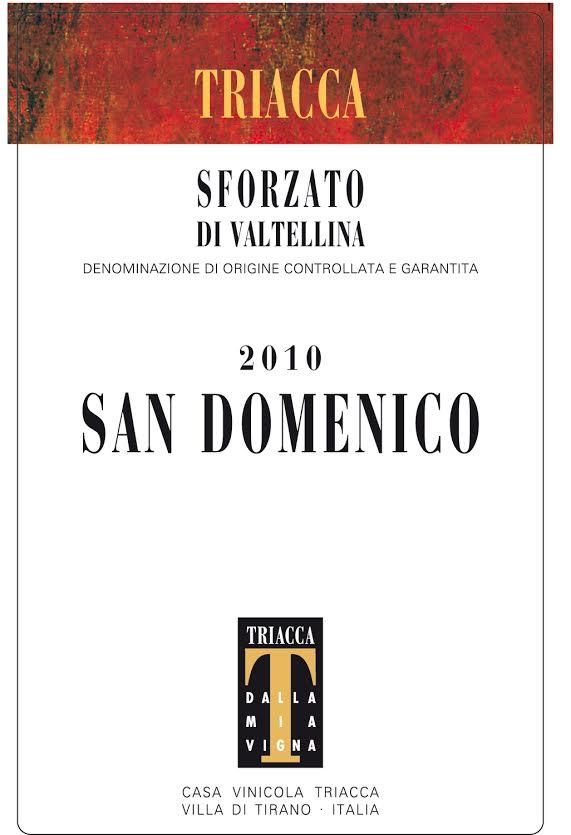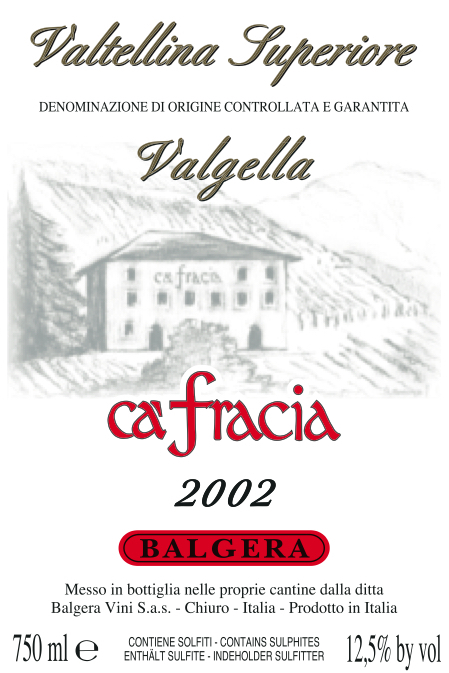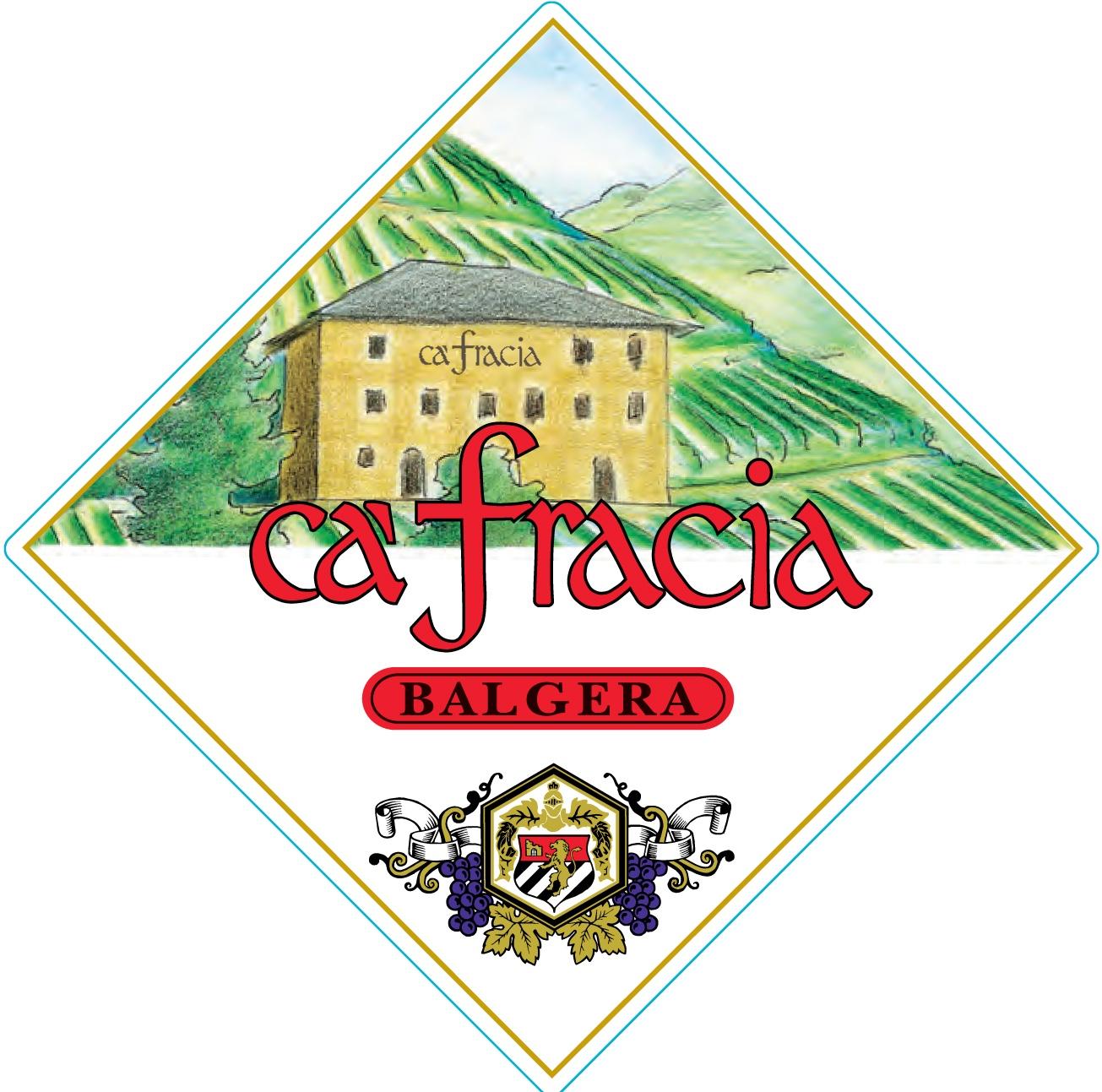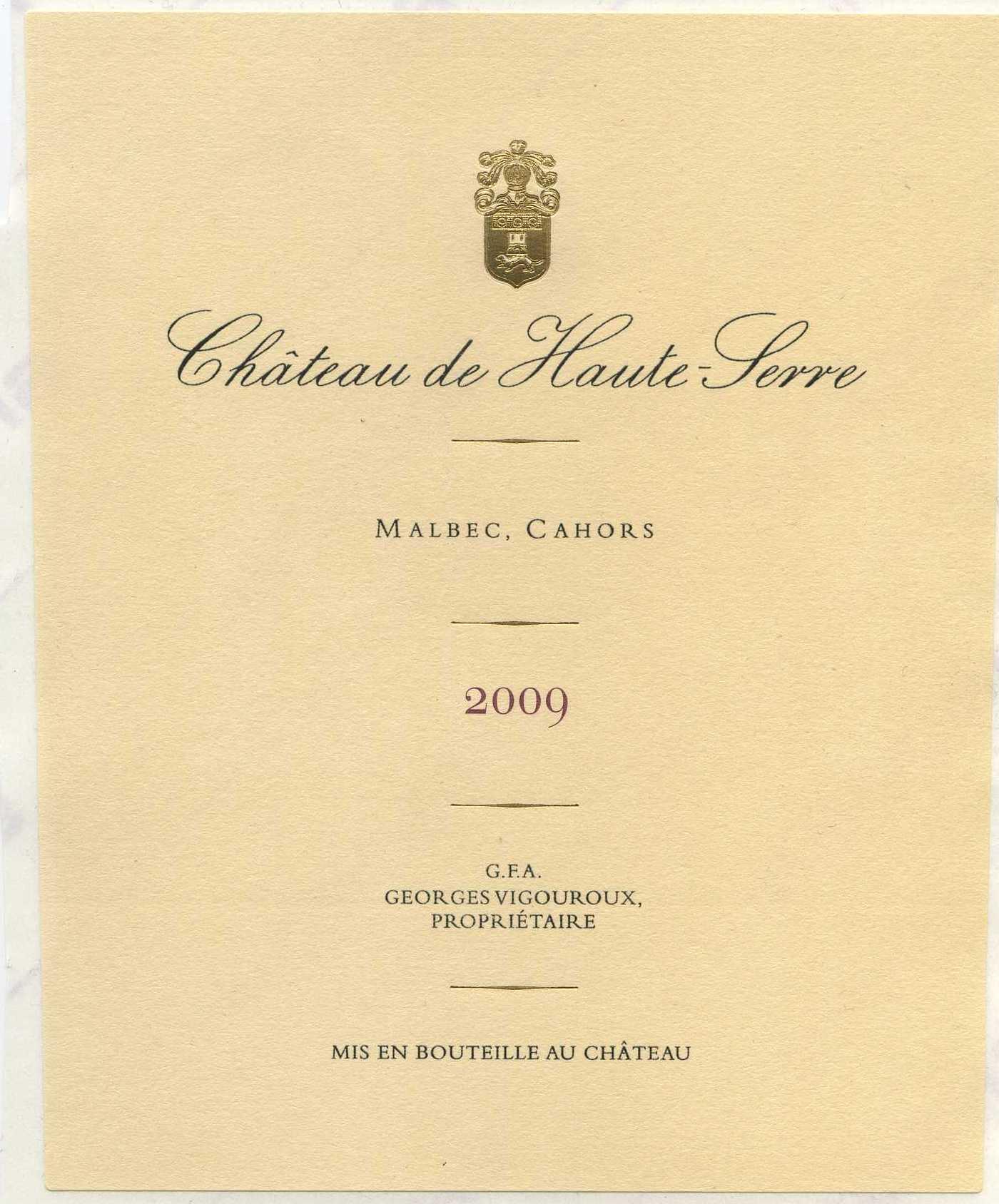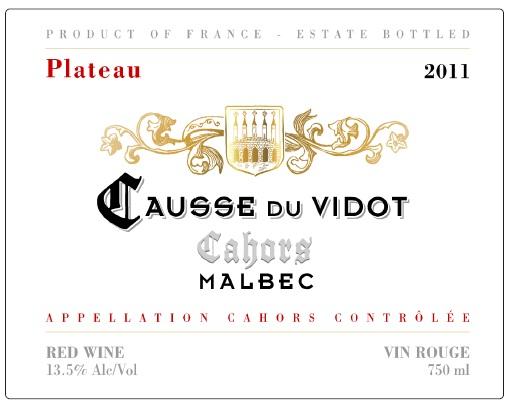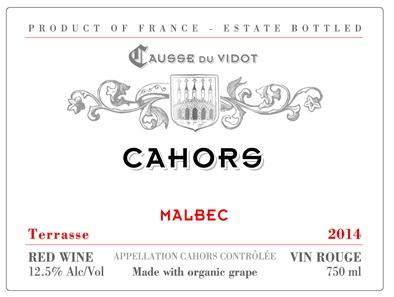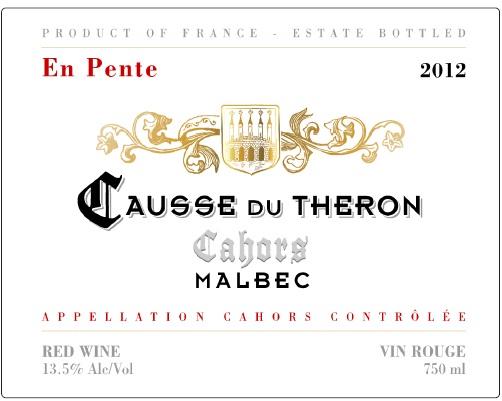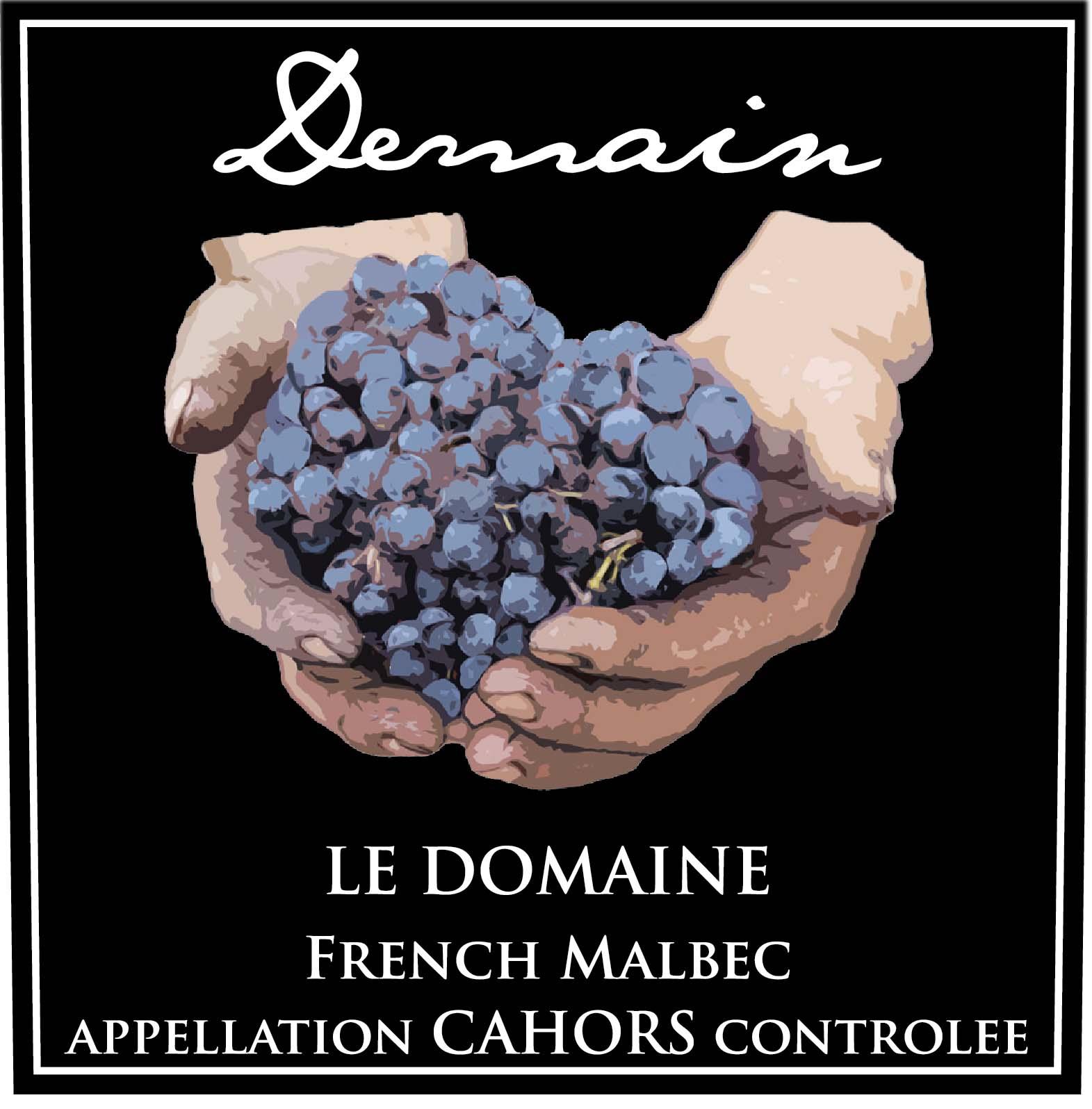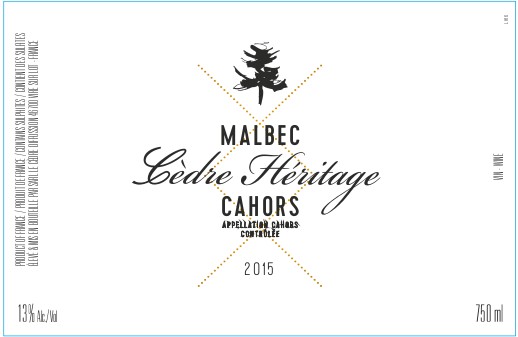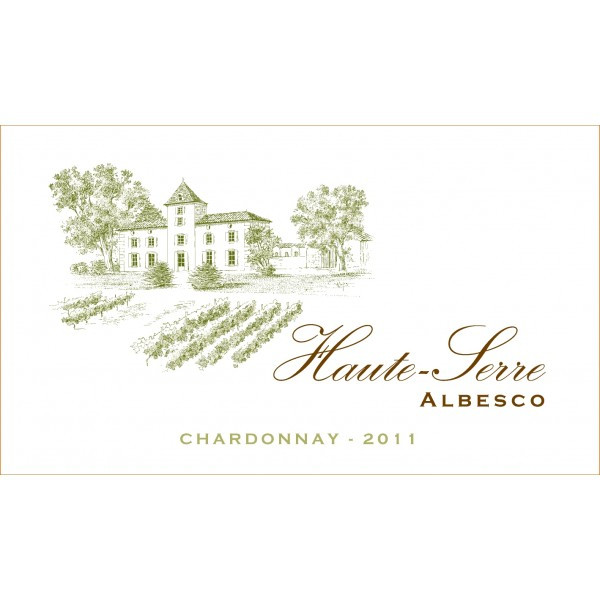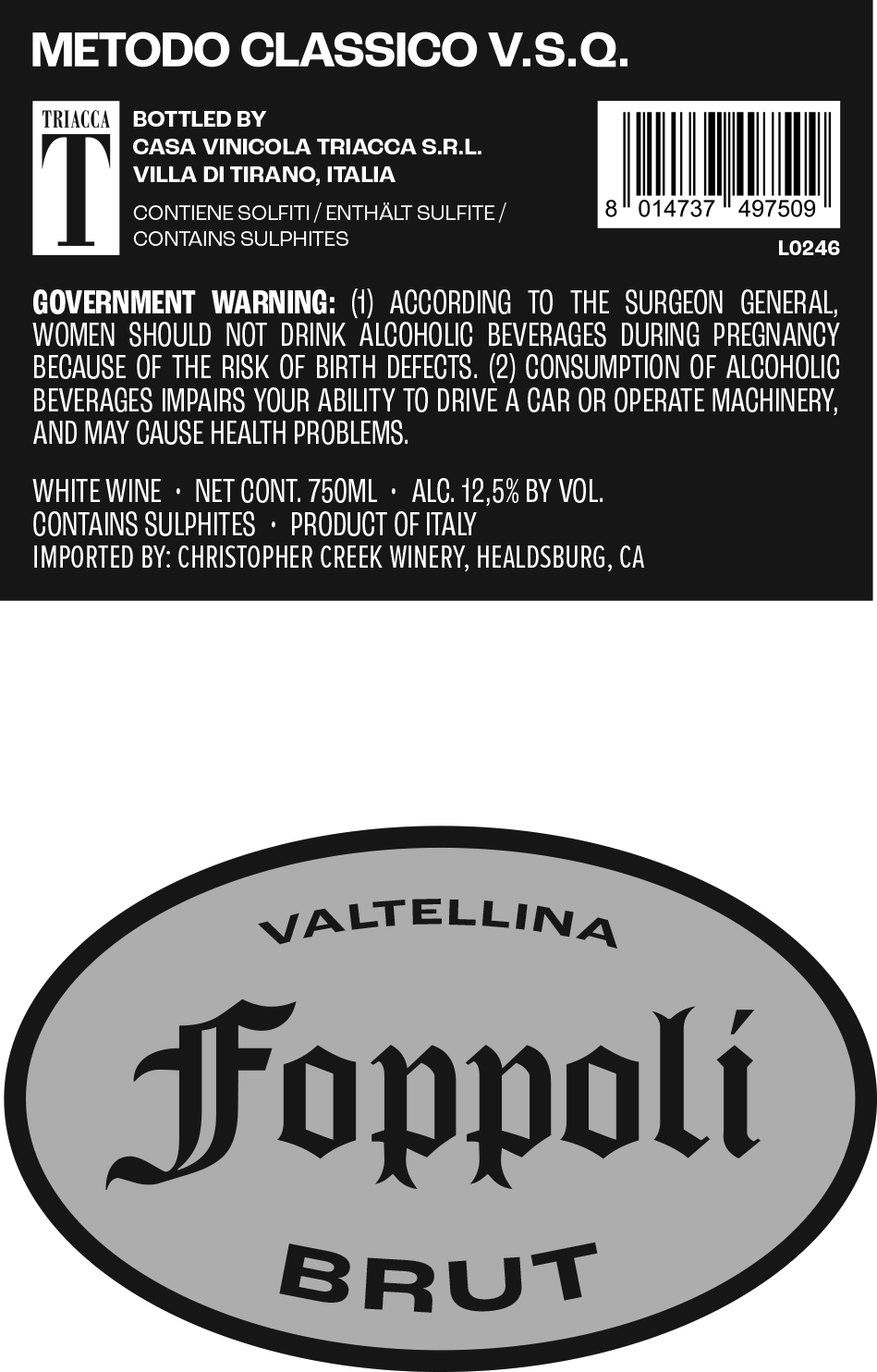Terroir of Cahors
Cahors is at a unique climate crossroads, influenced by Atlantic, continental, and Mediterranean patterns. This creates warm, sunny summers perfect for ripening Malbec and Tannat grapes. The region gets moderate rainfall, about 700–800 mm a year, which reduces disease risk. Sometimes dry spells help roots grow deep and concentrate flavors. Winters are mild, but low areas might face late spring frosts. The growing season lasts until October.
The terroir is varied, featuring the Lot River valley's alluvial terraces and Quercy's limestone plateaus. Lower slopes have gravel and clay-limestone soils that hold heat, producing richer wines. Higher up, limestone and marl soils drain well, making wines with a mineral taste. This mix of clay, limestone, and alluvium gives Cahors wines weight and complexity, enhancing their deep, tannic flavors.
Notable Wineries in Cahors
The Cahors region in southwestern France is famed for its robust Malbec wines, crafted by several notable wineries that highlight the area's unique terroir and winemaking traditions:
-
Château du Cèdre: A family estate in Crayssac celebrated for its organic, long-lasting Malbecs that express the terroir's distinct qualities.
-
Château Lagrézette: Based in Albas, this prestigious château is renowned for its robust, oak-aged Malbecs, including the exclusive Le Pigeonnier.
-
Château de Chambert: Located in Luzech, known for biodynamic practices, producing wines with lively freshness and pure fruit flavors.
-
Clos Triguedina: An historic estate in Caillac, crafting classic Cahors wines known for their structure and aging potential.
-
Cooperatives: The cooperatives here source grapes from local growers, producing reliable entry-level and mid-range Cahors wines.
Sustainable Winemaking in Cahors
Cahors is embracing sustainability with a focus on eco-friendly farming and resource management. This region's mostly dry, sunny climate naturally limits mildew, allowing vineyards to explore organic and biodynamic practices with reduced chemical use. Many producers earn certifications like Agriculture Biologique and HVE, reflecting their commitment to environmental stewardship.
Vineyards often use cover crops and grassed paths to protect the soil and promote biodiversity. Smart energy and resource use are on the rise, with wineries conserving water, recycling, and choosing lighter packaging to minimize their carbon footprint. Local organizations support these efforts, encouraging adaptability to climate challenges such as frost and heat. The region's dedication to sustainability enhances the quality and longevity of its renowned Malbec wines.
Wine Tourism in Cahors
Cahors offers a captivating wine tourism experience, steeped in history and diverse activities.
The well-established wine route connects charming vineyard villages and châteaux, welcoming visitors for tastings by appointment.
Here, the spotlight shines on the renowned Malbec, often paired with Merlot and Tannat, creating robust, dark wines.
The medieval heart of Cahors, with its stunning 14th-century Valentré Bridge, invites exploration alongside wine bars and hidden cellars.
The region also hosts vibrant festivals throughout the year, celebrating local wines with food and music.
Outdoor enthusiasts can cycle or boat through the picturesque Lot Valley, dotted with wineries offering cozy lodgings and farm-to-table dining.
Culinary adventures often include pairings of Cahors Malbec with local delicacies like duck confit and truffle-infused treats, enhancing the overall experience.
This blend of cultural heritage and natural beauty makes Cahors a remarkable destination for wine lovers.
